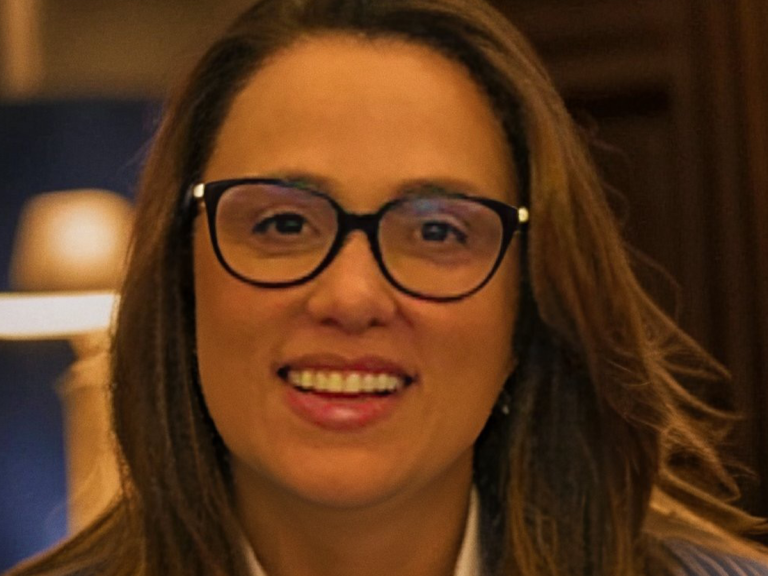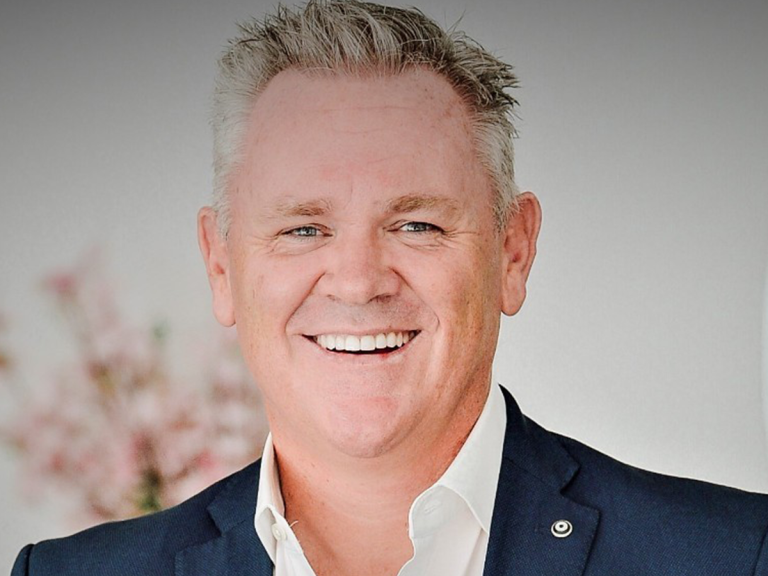Adriana Scherzinger will succeed Emma Sansom and take on the group head of captives position at Zurich Insurance, effective from 1 September.
Sansom was appointed to the position in January 2023, but departed last month.
Scherzinger, who is currently head of alternative risk solutions at Zurich North America, has a long history with captives at Zurich, including as head of captive services in Latin America and as a captive fronting manager in Europe.
Speaking to Captive Intelligence today at the RISKWORLD conference in San Diego, Scherzinger said: “I am very excited to go back to Switzerland and take on this group role for captives.
“Five years ago, it was natural for me to go back to Latin America and work there, before moving to Chicago in 2022 to learn about the captive market and work with our clients in the United States.
“It was important for me to come to America and learn about the market because of the growth and innovation we have here. There is healthy competition between domiciles in the United States, which I think is really beneficial, and there is the group captive aspect, which is different to Europe and the rest of the world.
“I am excited by the recent domicile growth in Europe and would like to explore if there are some of these US aspects, such as group captive and broader cell utilisation, that we can support and facilitate in other markets.
“Zurich has been in captives for 35 years. In terms of captive fronting and reinsurance, we are a big player globally.”
Scherzinger will relocate to Switzerland towards the end of the year and report to Vinicio Cellerini, global head of customer & distribution management for Commercial Insurance at Zurich.
Joshua Nyaberi, who has taken on the global captive role on an interim basis since Sansom’s departure, will continue until Scherzinger starts in the position on 1 September.
Zurich North America will be hosting its Captive Dialogue Day in Chicago on 25 June.







